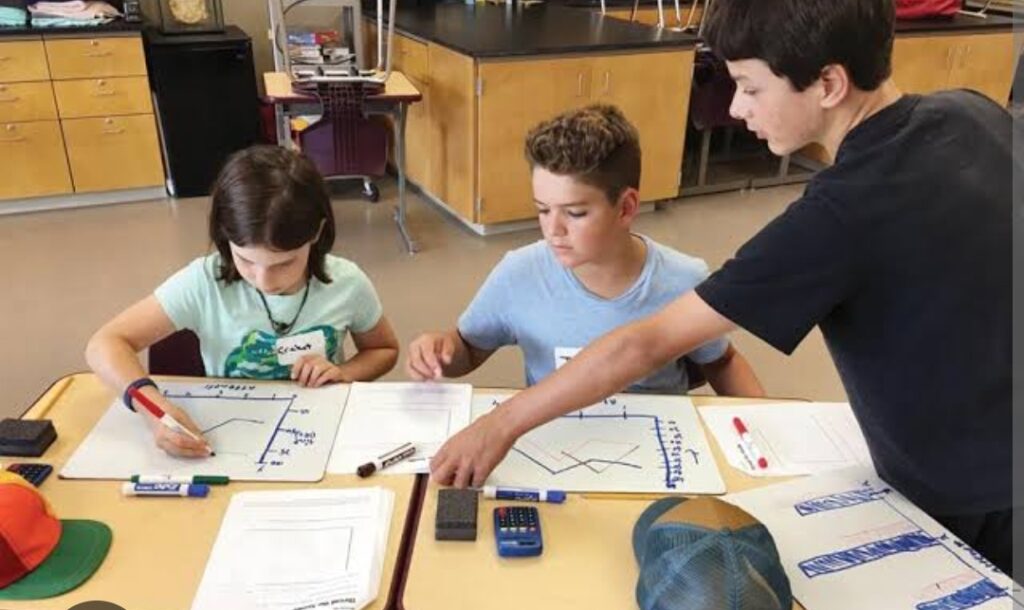
In today’s fast-paced world, students need more than just basic knowledge to thrive. The ability to think critically is becoming a must-have skill in the 21st-century classroom. With constant changes in technology, media, and global demands, educators now recognize that students need to learn how to analyze, evaluate, and make decisions independently. Here, we dive into why critical thinking is so vital and offer strategies to integrate these skills into everyday learning.
Why Critical Thinking Matters in Modern Education
The digital era has transformed the way students learn. Information is available with a simple click, and students must sift through massive amounts of data. But not all information is accurate or useful. To truly benefit from it, students need to learn to question, evaluate, and reason—core elements of critical thinking. In fact, studies show that students with strong critical thinking skills perform better academically and are more prepared for real-world challenges.
Moreover, employers are increasingly seeking individuals who can solve problems, make sound judgments, and think creatively. When students are trained to think critically, they not only excel in academics but also become more adaptable and effective in their future careers.
Key Strategies to Build Critical Thinking in the Classroom
- Encourage Open-Ended Questions
To spark critical thinking, avoid questions with a simple “yes” or “no” answer. Instead, try open-ended questions. For instance, after a reading exercise, ask, “Why do you think the author made this choice?” or “How would you approach this problem differently?” These questions challenge students to think deeper and explain their thoughts.
- Promote Group Discussions
Classroom discussions are excellent for developing critical thinking. In small groups, students can share ideas, analyze different viewpoints, and learn from each other. Try introducing a controversial or thought-provoking topic and let the students discuss it. They’ll learn to back up their opinions with evidence and listen to others—key components of critical thinking.
- Use Real-World Scenarios
When students apply learning to real-world scenarios, they engage on a higher level. For example, in a science class, you might give students a problem related to climate change. Ask them to devise solutions, considering factors like cost, sustainability, and social impact. These exercises teach students to consider multiple angles and think practically.
- Incorporate Problem-Based Learning
Problem-based learning (PBL) encourages students to solve actual problems. PBL starts with a challenging question or scenario, and students must research, experiment, and find solutions. This method is ideal for nurturing critical thinking because it requires students to investigate and make reasoned decisions.
- Develop Analytical Skills Through Media Literacy
In the age of social media, students constantly encounter information that may be biased or misleading. Teach students to analyze media critically by evaluating sources, questioning authenticity, and identifying biases. By building media literacy, students learn to approach information objectively.
- Encourage Reflection
Reflection is a simple yet powerful tool. Ask students to review their work and think about what went well and what they could improve. Reflection encourages self-awareness and helps students evaluate their own thinking processes. They learn to recognize areas for growth and make better decisions in the future.
- Use Technology to Foster Critical Thinking
With tools like educational apps, virtual simulations, and interactive games, technology offers innovative ways to engage students in critical thinking. For instance, simulation games allow students to experiment with decisions and see the outcomes in real-time, helping them understand cause-and-effect relationships.
- Teach Argumentation Skills
Critical thinking and argumentation go hand-in-hand. Encourage students to build arguments, using evidence to support their views. This skill is especially useful in debates, where students must present their case logically and respectfully counter opposing arguments. Learning to construct and defend arguments strengthens reasoning abilities.
- Encourage Curiosity
Sometimes, developing critical thinking is as simple as encouraging curiosity. When students are naturally curious, they ask more questions and seek knowledge on their own. Foster curiosity by creating a classroom environment where exploration and inquiry are encouraged, not just memorizing facts.
- Model Critical Thinking
Teachers play a crucial role in shaping students’ thinking habits. When educators model critical thinking, it shows students how to approach challenges thoughtfully. For example, think aloud when solving a problem in front of the class. Share your reasoning process, ask yourself questions, and consider alternatives. Modeling shows students the value of thinking critically and encourages them to adopt similar strategies.
Creating a Classroom Culture of Critical Thinking
Incorporating these techniques is a great start, but fostering critical thinking requires a supportive classroom environment. Encourage students to ask questions, respect differing viewpoints, and feel safe taking intellectual risks. A classroom that values open-mindedness, curiosity, and resilience will naturally cultivate critical thinkers.
As educators, our role is not just to impart knowledge but to shape minds capable of navigating an uncertain world with confidence and clarity.
Conclusion
Developing critical thinking skills is essential for students to thrive academically and professionally in the 21st century. By encouraging inquiry, teaching real-world problem-solving, and fostering a reflective mindset, we help students grow into analytical, thoughtful individuals. Start implementing these strategies today to see a lasting impact on your students’ learning journey.
If you found this helpful, share it with fellow educators and let’s shape the next generation of thinkers together!











